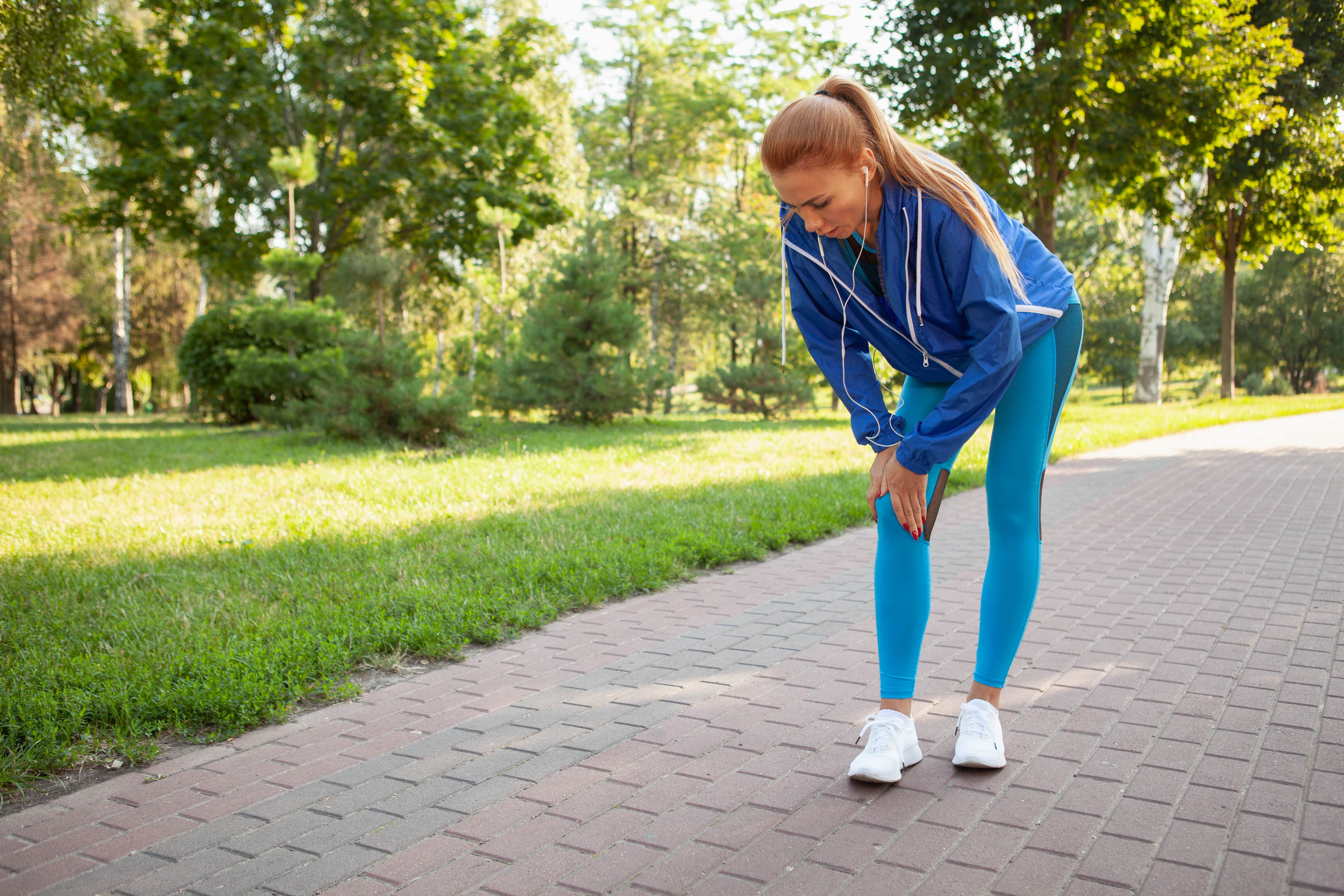The patellofemoral joint consists of the patella and the distal and anterior aspects of the femur, more specifically the trochlea. There are different structures that help support this joint and they are divided into two different types of support. The two different support systems are called passive and dynamic support. Passive support refers to the structure of the joint itself. The passive supports of the patellofemoral joint include the trochlear groove and the medial and lateral patellofemoral ligaments. The dynamic supports consist of structures that act on this joint. Quadriceps and the iliotibial band are dynamic supports of the patellofemoral joint.
The patellofemoral joint movements consist of flexion and extension. During flexion, the patella will glide inferiorly within the trochlea. With extension, the patella glides superiorly. Proper tracking of the patellofemoral joint is important where improper tracking can lead to injuries due to instability which can cause subluxation or full dislocation, wear and tear of the cartilage within the joint, and patellofemoral pain syndrome.
The patellofemoral joint is without a doubt one of the strongest joints in the body as it is regularly exposed to high compressive forces. When the knee is flexed the amount of force that goes through the joint increases. The compression forces at this joint are influenced by the quadriceps muscle force acting on the joint, as well as with increased angles when in knee flexion. The force that goes through the patellofemoral joint can reach upwards of thousands of pounds. The lower you bend, the more force that is applied to this joint. For example, when examining deep squatting, the amount of force applied at the patellofemoral joint equals out to 20 times your body weight. An example of this would be if someone weighed 200lbs and performed a deep squat, the amount of force that would go through their knees would be 200lbs x 20 = 4000lbs.
One type of injury that can occur at the patellofemoral joint is called patellofemoral pain syndrome. Patellofemoral pain syndrome is one of the most common disorders of the knee that accounts for 25 % of all knee injuries that are treated in clinics. Symptoms include anterior knee pain during physical activity, walking up and down the stairs (more commonly down the stairs), squatting, and sitting with the knees in flexion. You can also experience occasional stiffness and sensations of swelling.
The causes of patellofemoral pain syndrome are associated with misalignment of the lower extremities, abnormal patellofemoral joint alignment, improper tracking of the patella, muscle imbalances, overactivity, excessive rear foot pronation and genu valgum which is also known as knock knee. The most common muscle imbalance issue relates to a weaker vastus medialis/vastus medialis obliquus compared to the other quadriceps muscles (Vastus Lateralis, Rectus Femoris, and Vastus Intermedius). What can happen is these three muscles can become over-dominant compared to the Vastus Medialis causing pulling on the patella in a more lateral direction causing pain.
Treatment for patellofemoral pain syndrome can include manual therapy such as medial patellar glides and tibial internal rotation mobilizations. This can be treated with the incorporation of exercises such as strengthening the Vastus Medialis, strengthening the external hip rotators and hip abductors and stretching the over-dominant lateral quadricep muscles, IT band and hamstrings. It is suggested you avoid squatting, kneeling and prolonged sitting that involves your knees being flexed. Other suggestions can include taping the patella to shift it more medially, medial arch taping, calcaneal inversion or orthotics.
If you think you may have patellofemoral pain syndrome or experience any of these symptoms, feel free to give Revitamax Rehab and Wellness a call at 416-360-8326 for more information, we would be glad to help. Patellofemoral is commonly and effectively treated with chiropractic, physiotherapy, massage therapy (RMT) and acupuncture.



